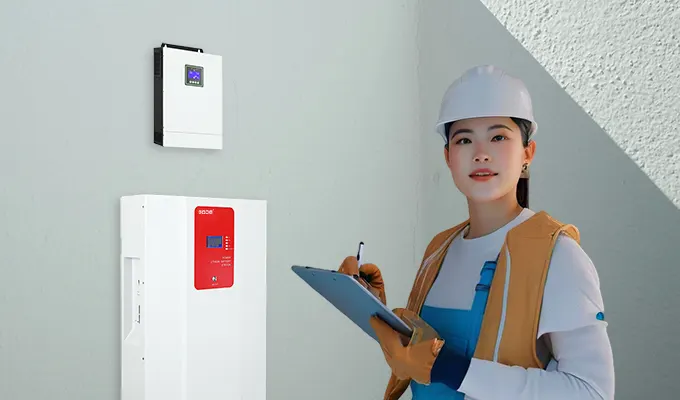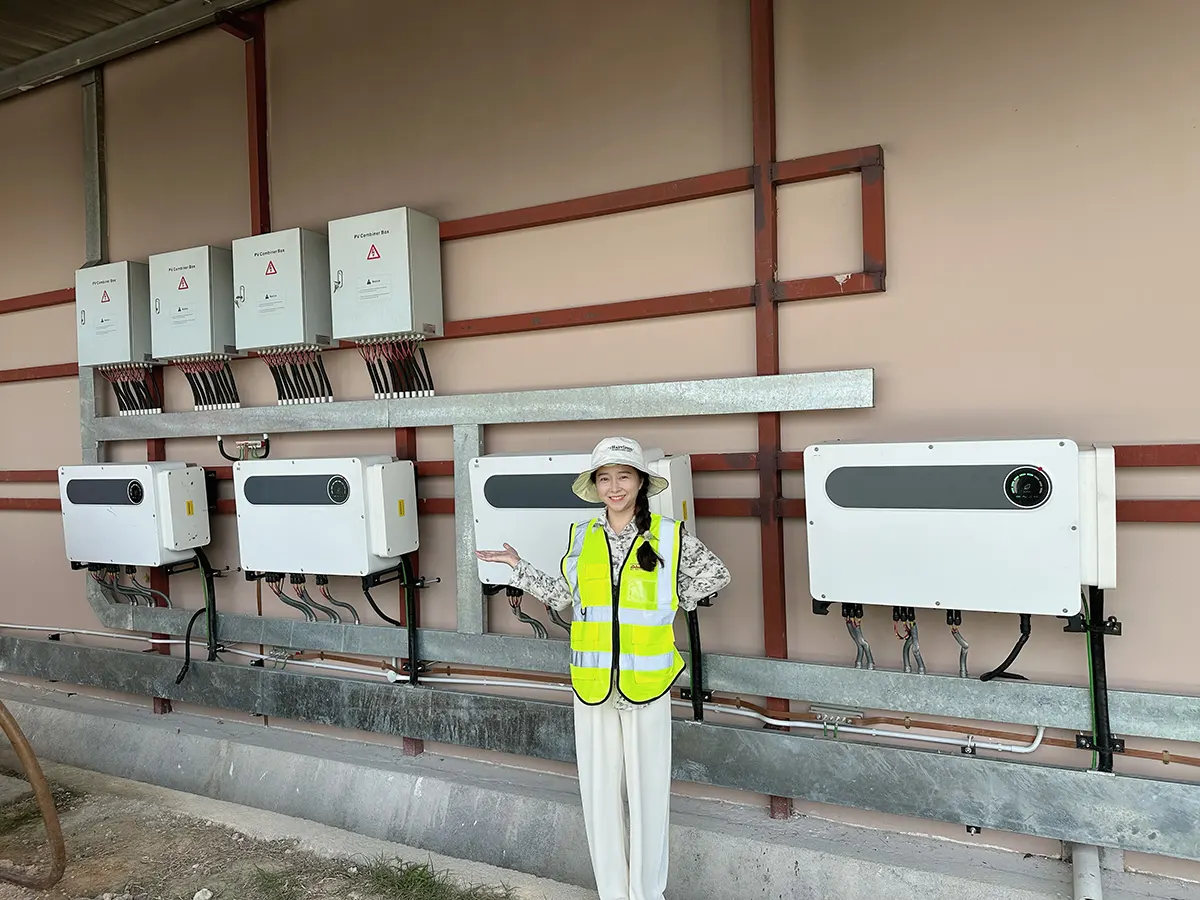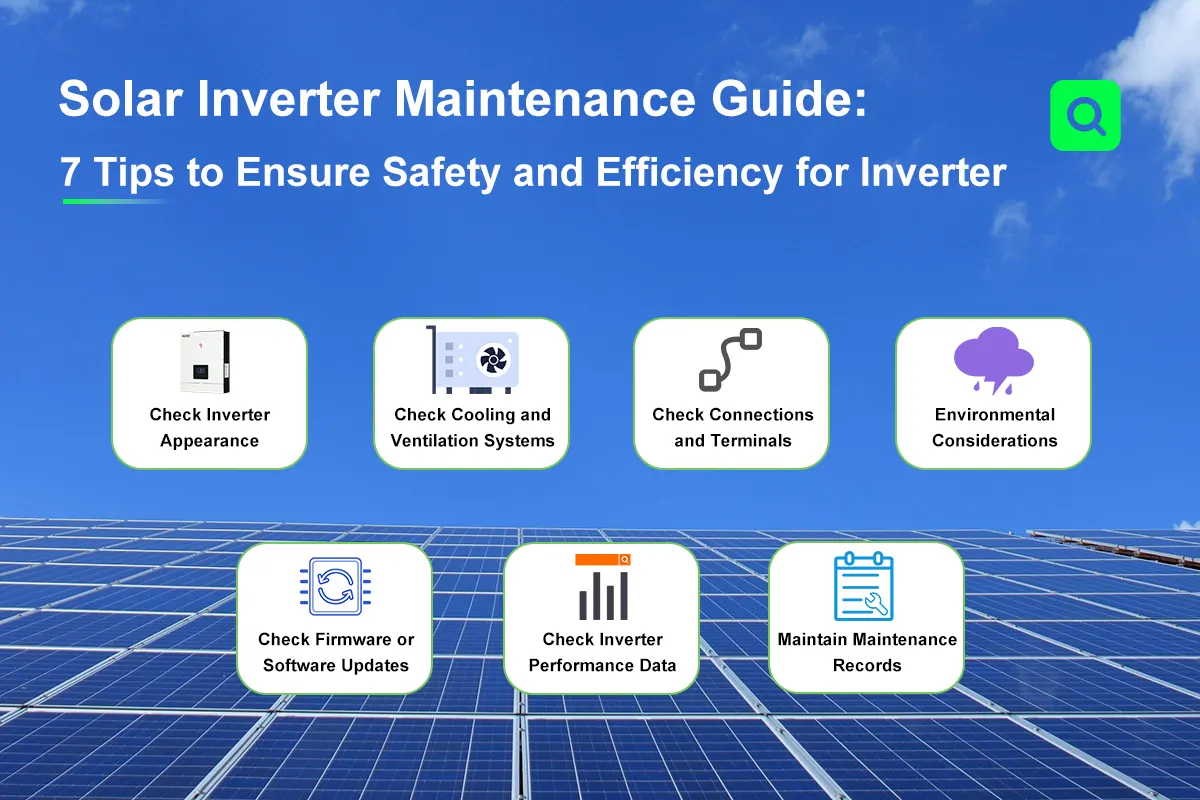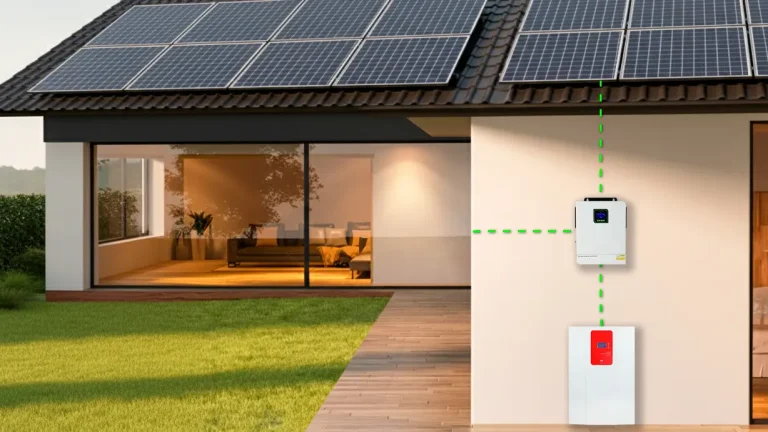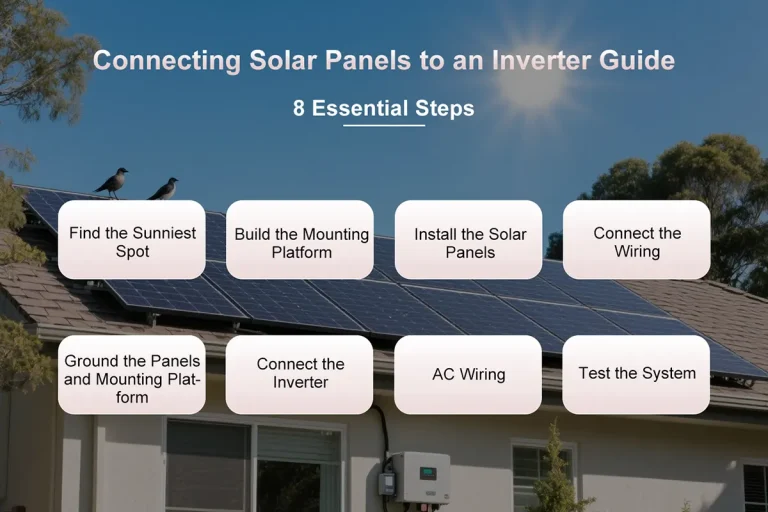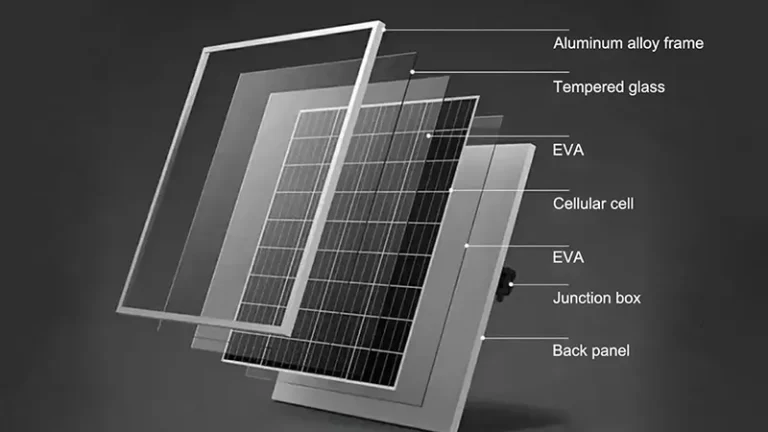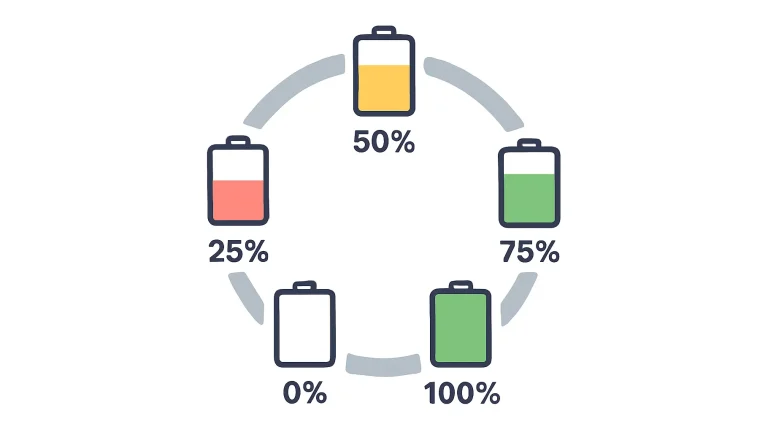15 May, 2025
Which Battery Is Best for Solar?
Looking for the best battery for solar energy storage in 2025? Discover the pros, cons, and ideal use cases of LiFePO₄, NMC, lead-acid, flow, and sodium-ion batteries in this expert guide.
Why Solar Energy Needs Solar Battery Storage
Solar panels generate electricity only when sunlight is available. A battery allows your solar system to store excess daytime energy and use it at night or during cloudy periods, enabling 24/7 power independence.
24/7 Power Supply and Control Over Peak Usage
Solar panels generate electricity during the day, but energy demand is often higher at night — especially in regions with time-of-use electricity rates, where nighttime power is significantly more expensive. By integrating a solar battery storage system, you can store excess solar energy generated during the day and use it at night, reducing dependence on the grid and avoiding high peak electricity charges.
Lower Electricity Bills and Hedge Against Rising Energy Costs
As electricity prices continue to rise — particularly during peak hours — household energy expenses increase as well. A solar-plus-storage system allows you to maximize the use of low-cost or even “free” solar power generated during the day, helping you offset energy price fluctuations. In some energy markets, you can even sell excess electricity back to the grid, turning solar into a source of income.
Real-Time Energy Monitoring for Improved Efficiency
Modern solar battery systems often come with smart energy monitoring platforms, allowing you to track energy production, storage, and consumption in real time. With this data visualization, you can identify energy-hungry appliances, adjust usage habits, and further reduce electricity costs.
Boost Energy Independence and Approach Off-Grid Living
Although most regions still legally require connection to the public grid, a solar system with battery storage gives your home a higher degree of energy autonomy. During sunny seasons, more than 80% of your electricity may come from self-generated solar power. Even in the event of a power outage, your home can maintain normal operations.
Peak Shaving and Load Shifting for Smarter Energy Management
For commercial and industrial users, energy costs are influenced not only by total consumption but also by peak demand charges. A battery storage system can charge during low-cost, off-peak hours and discharge during expensive peak periods, effectively reducing demand charges and optimizing the energy structure to enhance economic efficiency.
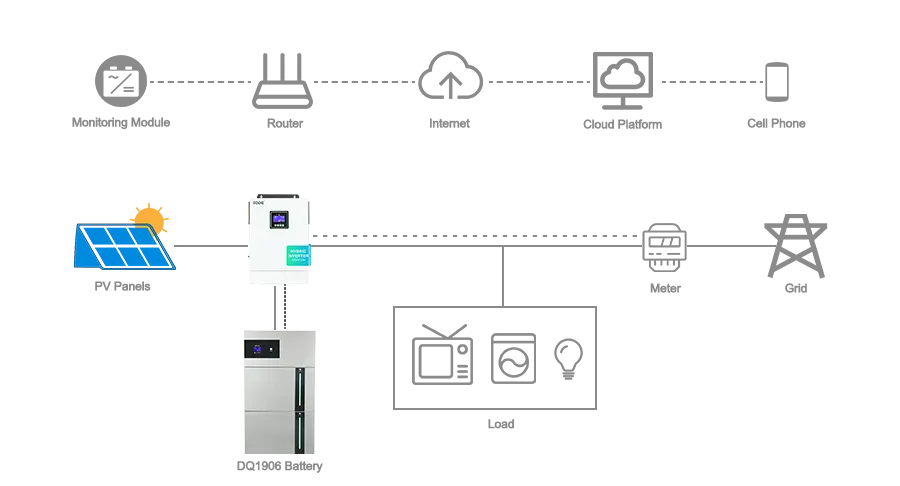
Comparison of Solar Battery Technologies
According to a 2024 report by GlobeNewswire, the global solar energy storage battery market is predominantly led by lithium-ion batteries, which account for approximately 83.8% of the market share. Among them, LiFePO₄ (Lithium Iron Phosphate) batteries have gained widespread popularity due to their high safety standards, long cycle life, and ability to support deep discharge, making them a preferred choice for both residential and commercial solar storage applications.

| Battery Type | Advantages | Disadvantages | Best Use Cases |
| LiFePO₄ (Lithium Iron Phosphate) | Long lifespan (3000–6000 cycles), high safety, deep discharge, heat resistant | Higher upfront cost | Residential, off-grid homes, microgrids |
| NMC/NCA (Lithium Ternary) | High energy density, compact size | Lower thermal stability, shorter cycle life | EV charging, portable storage |
| Lead-acid (AGM/Gel) | Low cost, mature tech, recyclable | Short lifespan (500–1000 cycles), heavy, maintenance required | Backup power, cost-sensitive projects |
| Flow Battery | Very long cycle life (10,000+), scalable, ideal for long-duration storage | High cost, bulky, slow response | Industrial, commercial solar, microgrids |
| Sodium-ion | Low cost, abundant raw materials, good temperature tolerance | Still low energy density, early stage of commercialization | Future lead-acid alternative, low-cost storage |
Which Battery Should You Choose?
| Application Scenario | Recommended Battery | Why |
| Residential with time-of-use rates | LiFePO₄ | Safe, long-lasting, no maintenance |
| Off-grid cabins / rural homes | LiFePO₄ or Flow Battery | Reliable, deep discharge capable |
| Commercial buildings / factories | Flow or large-scale LiFePO₄ | Scalable, ideal for peak shaving |
| EV mobile charging stations | NMC/NCA | Compact, high energy density |
| UPS / backup systems | Lead-acid (AGM/Gel) | Low cost, fast deployment |
| Labs / high-temperature zones | LiFePO₄ or Sodium-ion | Thermal stability, eco-friendly |
| Microgrid / energy-sharing projects | Flow Battery | Modular, ultra-long lifespan |
Pairing a solar energy system with battery storage not only enables round-the-clock power supply, but also helps optimize energy usage patterns, reduce long-term electricity costs, and enhance energy independence for both homes and businesses. Among various energy storage technologies, LiFePO₄ (Lithium Iron Phosphate) batteries have become the preferred choice for residential and commercial solar storage due to their high safety, long cycle life, and support for deep discharge.
When selecting a solar battery storage solution, it is recommended to evaluate multiple factors, including application scenario, budget, space limitations, and performance requirements. Only by choosing the right storage system can you truly achieve sustainable and efficient utilization of clean solar energy.
share

